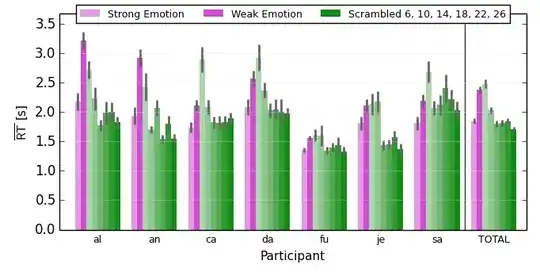I was hoping I could get some guidance on a forecasting problem that I am working on. I have data with a daily frequency & I have a number of time series that follow very distinct patterns. For example:
This time series in fact has a value for the last Monday of every month and zero otherwise. I have used a number of models that use this information but I cannot get my forecast anywhere close to what I would expect.
Note that I have not tried any naive models where I am pretty sure they would do fine but I was interested in seeing if I could produce a forecast with modeling methods (ARIMA, Linear Regression, ETS, etc.). I have tried ARIMA with harmonic features as well as dummies indicating mondays, last week of the month & both. Here is an example of my linear regression forecast that also uses these features:
The timing looks right but the magnitude of the forecast is far off the mark. I am hoping for some guidance and all comments are welcome. Thank you!
[Update]: Yes I suppose there is something else on my mind that I should make more clear. I have hundreds of these time series with similar properties but this was just one example. The challenge with others are bi monthly dates weekday dates, some have some noise where omitting the zeros would not be optimal in each case. What I am trying to do is create an overall automated solution.

